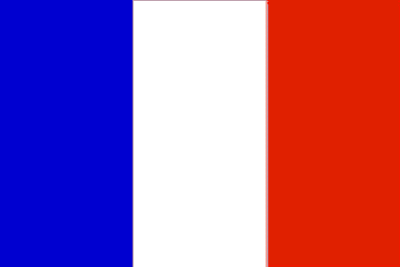
Restaurant: Mon Plaisir
Location: Bloomsbury
By Boeing: 1185 miles
By Boris Bike: 3.3 miles
And so my journey brings me to France, that crenelated castle of the canard, that citadel of Coq au-vin, that culinary capitol of the world. Egalite! Fraternete! Gastronomy!
At least that is what I had assumed. The mark of a maitre-de is a Michelin star afterall, nest pas? It seems not. It is London not Paris, according to Joel Rubuchon, a Frenchman no less, that is the Atlas of Appetite, bestriding the gastronomic globe. Our English eels need never again turn to jelly at the sight of a smug snail or a coq with a pommes frite on its shoulder. For Rubuchon read Ramsey, Ducasse looks an amateur beside our Delia and who is Jean-Christophe Novelli if not but a pale imitation of Ainsley Harriot?
But Jingoism is Mr Hyde to judgement’s Dr Jekyll and when looking for a suitable place for a sojourn of a supper it is evident that many of London’s best restaurants are French. If they weren’t so eye-wateringly expensive their Michelin stars would be two a penny. La Gavroche, Le Cercle, Racine to name a few. Deciding against re-mortgaging the house I plumped, lovely word plumped, no such onomatopoeic verbiage in French mores the pity, for Mon Plaisir, to the bustling north of Covent Garden.

My glamorous, garrulous, Gallic companion was meant to meet me there but had got lost, despite the largest Tricolore in London, billowing across the road in a summer breeze. “Typical”, she said, “ They create just what the English want to imagine a French restaurant to be.” Well, we could have gone to the Delice de France sandwich kiosk at Waterloo station if you wanted authenticity i thought. The first room in the restaurant has a pleasant, if perhaps a little overplayed, 1940’s Parisian period feel.
The walls are festooned with sepia pictures of the Seine and actresses in a gallery of gamine and Gallic poses. Originally this was the extent of the restaurant: a small bistro, as charming as it cramped. But it was, it turned out, merely one aria of a much larger French overture. Four rooms, each with different theme and ambience, now make up Mon Plaisir. Our table, at the rear, had the feeling of a late night jazz club, cosy and cosseting.

As soon as we sat my companion, eager to use her mother tongue, engaged our rather weary looking waiter in energetic conversation. This yielded the fact that he was fed up to the hind teeth of London and was escaping back across the channel the very next morning. He looked a little dejected, but perhaps, i thought to myself, if he’d explored the city rather than cowered in this little corner of the continent he may have thought differently.

We ordered wine: what else but a full bodied Beaujolais. I relaxed when after a few gurgles the rather contrived setting felt very authentic and welcoming indeed. The French certainly know how to dine in style. While British culture can often be contained the French burst into every moment in the full expectation that it will be more joyous than the last. Eating French cuisine demands abandon, not just to the flavours and the aromas but the sensuality of the experience.
What else could I order but the Coq au Vin. Parisian food is renowned for its precision but this popular staple of the stove is a simple, ancient Gaul dish that takes hours to prepare but is always consumed in minutes. The tender meat, braised in wine throughout the day, falls away from the bone, and the lardons and mushrooms are packed with flavour. But ours was a little disappointing and quailed, sorry paled, in comparison with that enjoyed in my companions childhood. However the Gratin Dauphinois, a dish i would accompany to the ends of this earth, was delicious. The wine was flowing and the evening was maturing nicely.
Then came the cheese-board and the epiphany, that if the moon was made of cheese then train me this minute as a cosmonaut. For the French if the smell of a cheese doesn’t induce an instantaneous headache then put it back on a hot shelf for a decade. There are habitual glue-sniffers that would require a snuff-box to regain consciousness after a whiff of this fetid fromage. Roquefort, Reblochon, Camembert, Pont L’Eveque they sent me into an hallucinatory state in which time and space were mere abstract concepts.
In the brief moments of sanity between mouthfuls i asked myself how something made from milk could taste like seven hundred times stronger than marmite. I felt like a teenagers sock, sodden for six days, had been thrust up my nasal cavity. Eating French cheese is the most violent, wanton form of masochism ever conceived by man. And yet, somehow, in contravention of every elemental law, every last vestige of decency, through the pain comes the rarest form of pleasure.
To eat in France is to feast on the basest and most beautiful of pleasures.














